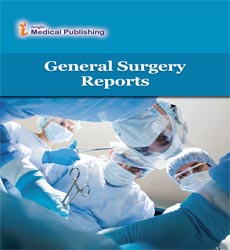The Endocrinology of Traumatic Brain Injury
Abstract
On average, 1.7 million Americans suffer a traumatic brain injury (TBI) yearly, resulting in 52,000 deaths, 275,000 hospitalizations, and 1.365 million ER visits. 71% of TBI victims consider their case as ”mild,” suffering no apparent injuries. Within three months of the event, however, 56% of these patients experience personality changes, including anxiety, depression, and other behavioral issues. In 2012, over 400,000 vets returned from Middle Eastern conflicts with diagnosed with Post Traumatic Stress Disorder. Traditional therapies, including anti-anxiety, antipsychotic, and antidepressant agents, often utilizing multiple units of each agent, do nothing to treat the underlying cause. A French research team, in 1985, lead by EE Baulieu, demonstrated that the neurosteroids pregnenolone, allopregnanolone, progesterone, and DHEA, are produced not only in the periphery, as orthodox medicine long believed, but are also generated in the intracranially. A failure of the cerebral neurosteroid mechanism leads to erratic brain transmissions, which in turn exacerbates mental health issues, including depression, suicide, anxiety, panic attacks, phobias, and psychosis commonly witnessed in people living with post-traumatic stress disorder. In this lecture, we explore the role the neurosteroid hormones play in the face of traumatic brain injury, the consequences of their failure, the diagnosis of hormonal deficiencies and insufficiencies, and treatment strategies to return the victim to a healthy premorbid hormonal state.
Open Access Journals
- Aquaculture & Veterinary Science
- Chemistry & Chemical Sciences
- Clinical Sciences
- Engineering
- General Science
- Genetics & Molecular Biology
- Health Care & Nursing
- Immunology & Microbiology
- Materials Science
- Mathematics & Physics
- Medical Sciences
- Neurology & Psychiatry
- Oncology & Cancer Science
- Pharmaceutical Sciences
